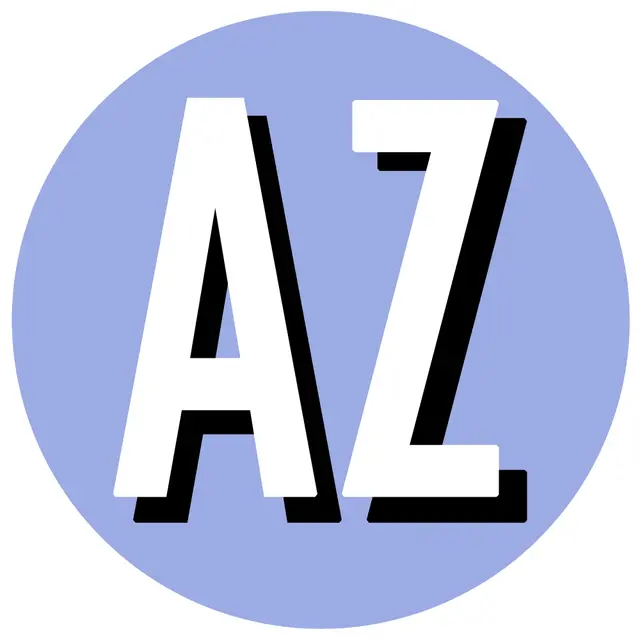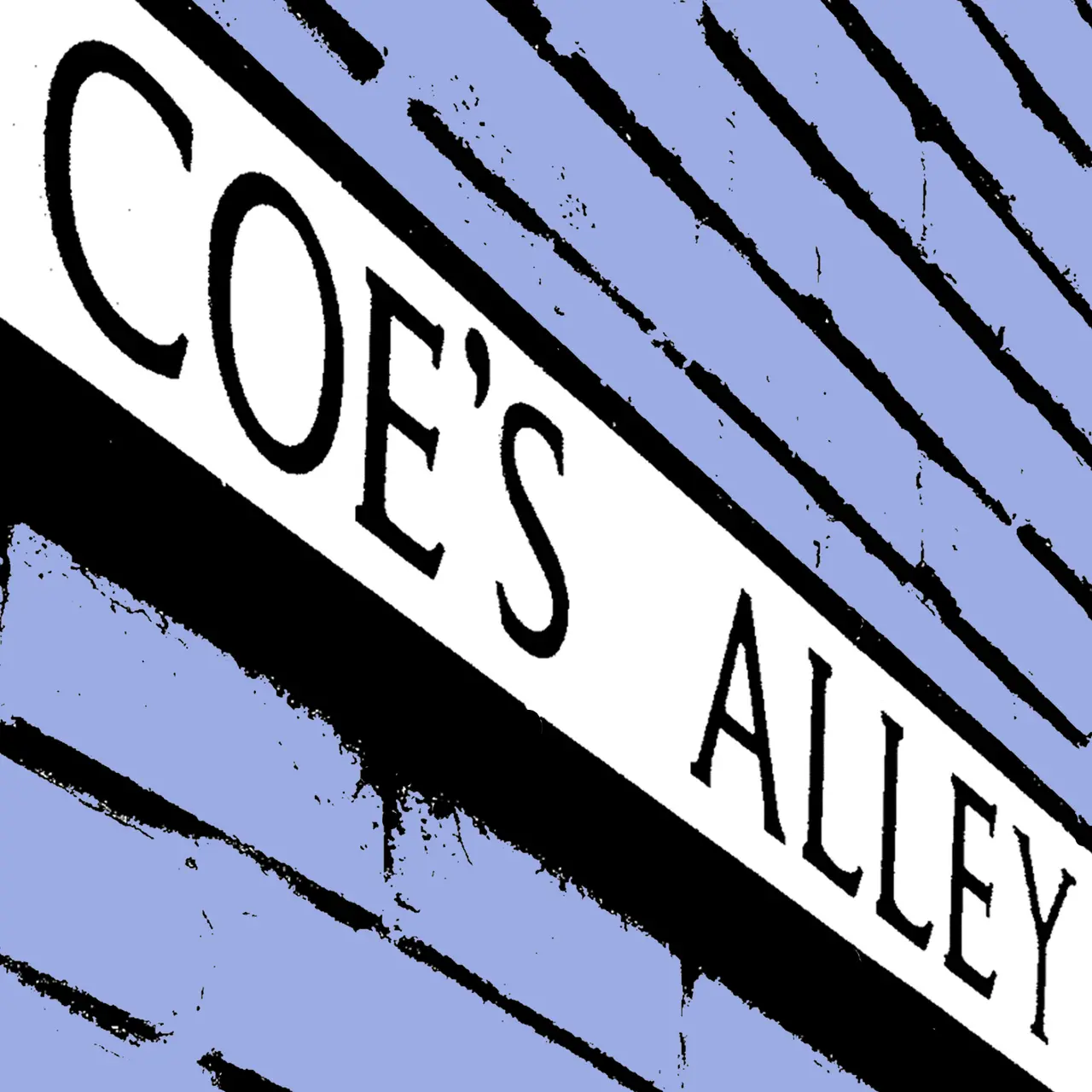A narrow lane or passage. The English word comes from the Latin ambulare, meaning ‘to walk’, by way of an Old French word. There is an enormous variety of words for an alley, some describing a particular type of alley, and many being regional or national variations. Examples include ale (Welsh), alee (Romanian), alej (Czech and Slovak), aleja (Latvian), allee (Estonian), alleyway, angiportus (Latin), areway (US), back alley, back crack (Liverpool), back entery (Liverpool), back entry (Liverpool), back jigger (Merseyside), back double (east London), back lane, back opening (Suffolk), back passage, back street, the backs (Wigan), backings (Bradford), backway (Cambridge), barton (Bruton, Somerset), beco (Portugeuse), bight, calle (Spanish and Venice), callejón (Spanish), caolsráid (Irish), carreró (Catalan), cat’s creep (Brighton), chare (Newcastle-upon-Tyne and some neighbouring towns), chewer (Birmingham), close (especially Scotland and south east England), close alley, closie, corridor cut, cut, cut through, cutting, double row (north east England), drang, drangway, drong, drung and drungway (all four from the English west country), drvored (Croatian), ennog (Liverpool and Warrington), entry (also back entry) (Liverpool, Cheshire, Belfast, Coventry, Leicester, Manchester, Wigan and elsewhere), fold (Wolverhampton), folley (Colchester), gang (Scotland and northern England), gangway, gant (Braintree, Essex), Gass (Strasbourg, Alsace, and Swiss German), Gasse (German), Gässel (Strasbourg, Alsace), Gässele (German), GÄSSLI (Swiss German), geçit (Turkish), gennel (South Yorkshire, Manchester and Derbyshire), ghaut (Whitby, Yorkshire), ginnel (Yorkshire – especially the West Riding, Lancashire and Nottingham), ginnel-gaggle (Tameside), gitty (English midlands), gränd (Swedish), guinnel (especially Yorkshire), gyde (Danish), gullet (Durham and English west midlands), gulley (west midlands and Wales), gully (west midlands, Wales and India), gunnel (Gateshead), gwli (Welsh valleys), hall, hutong (China, especially Beijing), jennel (north west England), jetty (Warwickshire, Coventry and parts of Leicestershire), jiggen, jigger (Merseyside), jinnel (South Yorkshire), jitty (English east midlands), jowler (Liverpool), kalezulo (Basque), kuja (Finnish), lane, laneway, lilong (Shanghai), loke (Norfolk), long (Chinese), longtang (Shanghai), occupation road, ope (Plymouth and south-west England), passage, passageway (Chattanooga and elsewhere), pavement, pend (Scots), pend close (Scots), pitch (Gloucestershire), place (Winchester, among other locations), row (Great Yarmouth), rrugicë (Albanian), rúa (Galician), ruelle (French), score (Lowestoft), scavenging lane (Hong Kong), scutchel (Lincolnshire and Nottinghamshire), shut (Shropshire), shutt (Welshpool, Powys, Wales), shute, sikátor (Hungarian), side passage, sidewalk, sideway, slip (Kilkenny, Ireland), slype, smug (Norwegian), snickelway (York), snicket (north and west Yorkshire, especially Bradford, and Cumbria), steeg (Dutch), strait, sundiõ (Icelandic), tenfoot (Hull, Yorkshire, and Scunthorpe, north Lincolnshire), tewer (also tuer and ture) (Warwickshire, Gloucestershire and Oxfordshire), througate (Scots), toon-close (Scots), trance (Scots), tunnel-back, traboule (Lyon, and some other French cities), twich (Lancashire and Yorkshire), twitchel and twitchell (England, especially the north and east midlands), twitten and twitting (northern England, and south east England, especially Surrey and Sussex, and including hampstead garden suburb), twychen (Oxford), vennel (Scots and Durham), vicolo (Italian), viuzza (Italian), walkway, weind (Preston, Lancashire), wiend (Wigan, Greater Manchester), weint (Liverpool), WYND (Scotland and northern England), and zaulek (Polish). The website of the Our Dialects project has reported the findings of a survey with more than 2,000 responses to the question of what words people (from England, Wales, Scotland and Northern Ireland) used to describe a ‘narrow walkway between or along buildings’. The organisers summarise: ‘There isn’t much variation outside the north, with a predominance of alley/alleyway. Within the midlands and the north, the other variants form a few clear patterns, such as ginnel around Greater Manchester and Leeds, entry around Merseyside, and gennel around Sheffield. Just south of Sheffield, there are a cluster of jitty-users around Derby and Chesterfield. Interestingly, there are other sharp regional divides present in the north too: notice the pocket of snicket responses around Bradford despite its close proximity to ginnel-favouring Leeds’ (MacKenzie et al, 2016).
DH Lawrence’s 1913 novel Sons and Lovers opens with a description of an alley in a Nottinghamshire pit village. At the front of the terraced houses of ‘the Bottoms’ were ‘neat front windows, little porches, little privet hedges, and dormer windows for the attics.’ Those front windows looked into the front parlours, beautifully kept and used rarely, on special occasions. Everyday life happened in the kitchen, at the back of the house ‘facing inward between the blocks, looking at a scrubby back garden, and then at the ash-pits. And between the rows, between the long lines of ash-pits, went the alley, where the children played and the women gossiped and the men smoked. So, the actual conditions of living in the Bottoms, that was so well built and that looked so nice, were quite unsavoury because people must live in the kitchen, and the kitchens opened on to that nasty alley of ash-pits.’
Winston Churchill recognized the charms of alleys. ‘All this stuff about planning… Broad vistas and all that,’ he wrote. ‘But give to me the eighteenth-century alley, where foot-pads lurk, and the harlot plies her trade, and none of this new-fangled planning doctrine.’
See also blind alley, blockhead, blood alley, bylaw housing, court of miracles, diagon alley, flex house, jack kerouac, muggers’ alley, pepper alley, silicon alley, through-terrace, tin pan alley and tornado alley.

